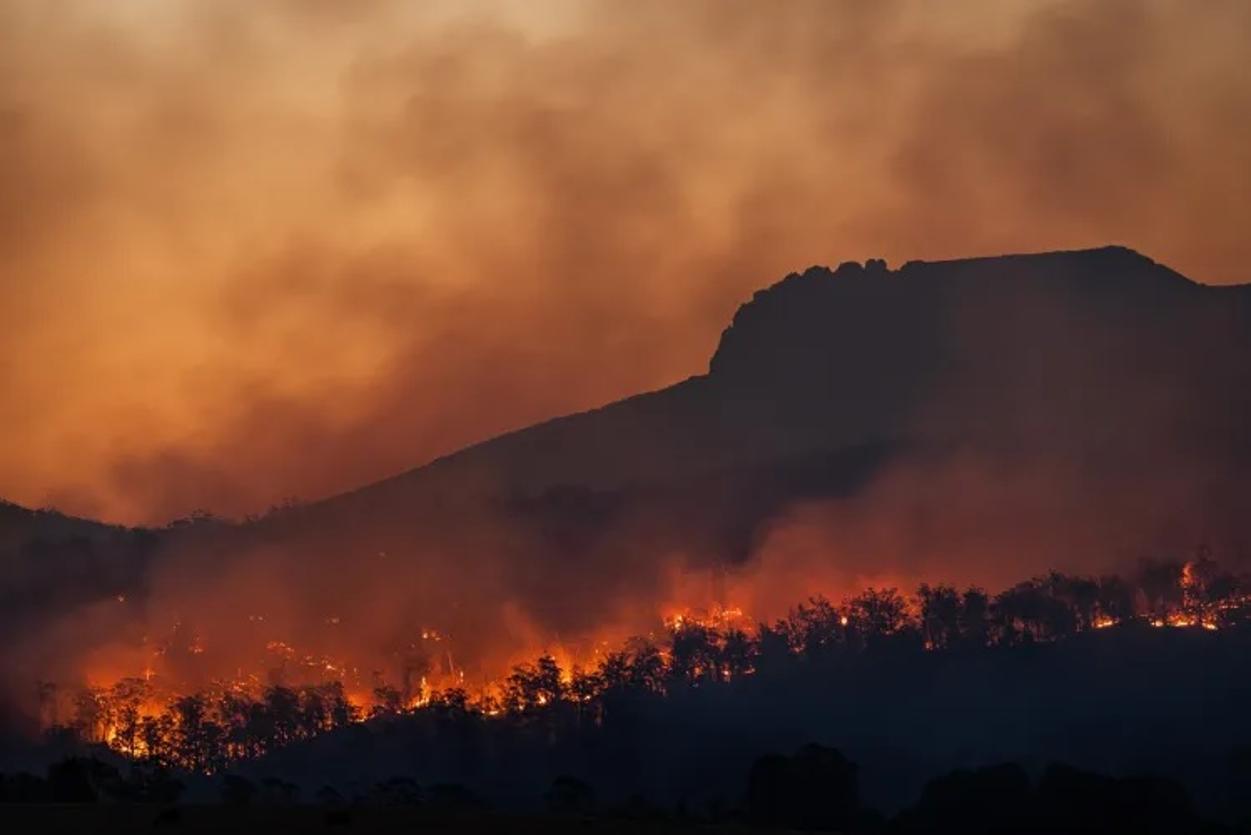Bushfire risk management has always been a challenging and critical task for the NSW Parks & Wildlife Service (NPWS). Hazard reduction burns, a key strategy in preventing bushfire devastation, are notoriously difficult to execute.
The burns can only be conducted when environmental conditions—such as wind, temperature, humidity, and vegetation state—are perfectly aligned. However, finding these optimal conditions can be rare, with suitable days potentially spaced out over several years.
Compounding the difficulty is the fact that monitoring these conditions in remote areas has traditionally been a logistical challenge. On-site assessments, which are crucial for determining when to schedule burns, have been limited by accessibility and frequency.
Enter the Internet of Things (IoT). In a groundbreaking partnership between NPWS, IoT technology company Meshed, and the NSW Department of Planning and Environment, IoT technology has been harnessed to revolutionise the way hazard reduction burns are scheduled.
By deploying a network of sensors that continuously monitor environmental parameters, this project is providing real-time data to identify optimal ‘windows’ for burns, drastically improving the efficiency and safety of the process.
This innovative project, which began in December 2022, was recognised as a finalist in the 2024 IoT Awards by IoT Alliance Australia, showcasing its significant impact on bushfire management.
The collaboration was initiated under the NSW Office of Chief Scientist’s Bushfire Response R&D Mission, part of the broader Bushfire Technology Pilots Program designed to establish NSW as a global leader in bushfire-related research and innovation.
Meshed’s role in this initiative involved designing and installing three solar-powered sensing and LORaWAN stations, which report environmental data every 15 minutes.
The data is then analyzed in a cloud dashboard, enabling NPWS staff to accurately assess the drying rates of vegetation and make informed decisions about when to conduct manual measurements and proceed with burns.
Real-time capability marks a significant improvement over previous methods, which relied heavily on Bureau of Meteorology data and lacked the precision needed for such critical decisions.
The success of the initial deployment has led NPWS to expand the system, acquiring additional LoRaWAN gateways to extend monitoring capabilities to more areas.
The potential for further enhancements is vast, with possibilities including the measurement of additional environmental factors such as humidity and solar radiation.
Ultimately, this project is more than just a technological advancement; it represents a fundamental shift in how bushfire risk is managed in NSW.
By reducing the need for physical inspections and fostering greater engagement between NPWS and technology partners, the initiative is saving time, resources, and potentially lives.
As the program continues to evolve, it stands as a testament to the power of IoT in addressing some of the most pressing challenges faced by our environment today.







